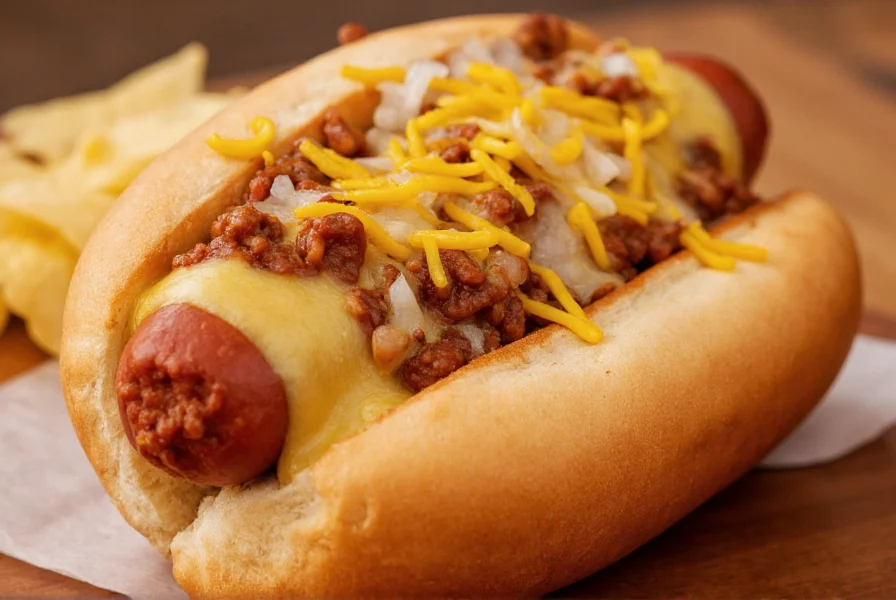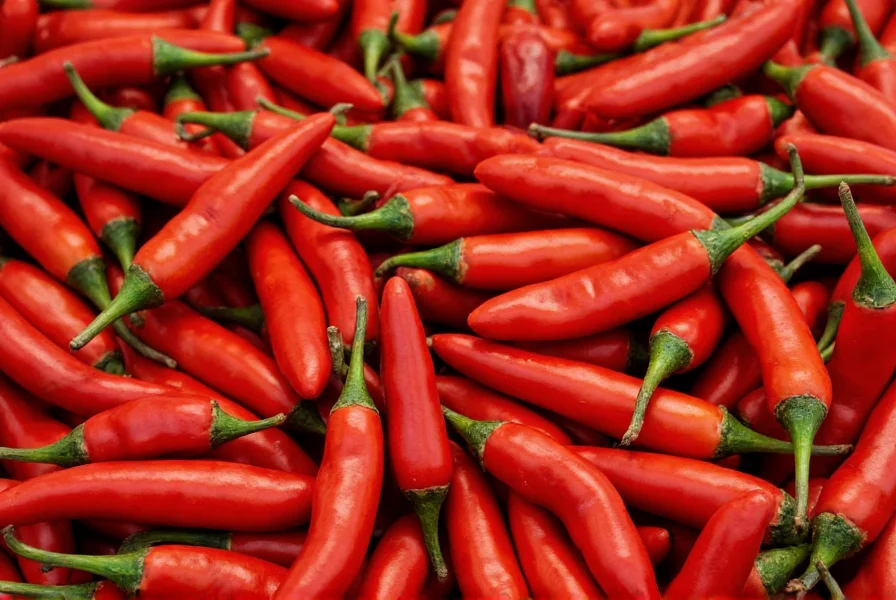While the terms "chili hots" and "chili dogs" are often used interchangeably, regional variations create subtle distinctions that food enthusiasts appreciate. Understanding what makes an authentic chili hot requires examining its components, preparation methods, and cultural significance across different American communities.
The Origins of Chili Hots in American Food Culture
Chili hots emerged during the 1930s in Southern California, coinciding with the rise of hot dog stands and diners catering to working-class communities. The concept likely evolved from the combination of two popular foods: the ubiquitous hot dog and the hearty chili con carne brought by Mexican immigrants and adapted by American cooks.
By the 1940s, chili hots had become a staple at baseball stadiums, street vendors, and diners nationwide. The affordability and portability made them particularly popular during World War II when meat rationing encouraged creative uses of limited ingredients. Unlike traditional chili, which often features beans, the chili used for chili hots typically maintains a meat-forward consistency that clings perfectly to the hot dog without making the bun soggy.
Regional Variations Across the United States
America's diverse culinary landscape has produced distinctive regional takes on chili hots:
| Region | Distinctive Features | Notable Ingredients |
|---|---|---|
| California | Thin, smooth chili sauce | Ground beef, tomato paste, mild spices |
| Texas | Thick, beanless chili | Coarse-ground beef, chili peppers, cumin |
| Midwest | Sweet and tangy profile | Ground beef, kidney beans, Worcestershire sauce |
| New York | Spicy meat sauce | Beef heart, paprika, garlic |
These regional differences reflect local tastes and ingredient availability. California-style chili hots typically feature a thinner, smoother chili sauce that evenly coats the hot dog, while Texas versions emphasize a thicker, beanless chili that showcases the meat's flavor. Midwestern variations often incorporate beans and a slightly sweet profile, whereas New York versions tend to be spicier with distinctive seasoning blends.
Essential Components of an Authentic Chili Hot
Creating a satisfying chili hot requires attention to each component:
The Hot Dog: Traditional all-beef hot dogs work best, preferably natural casing varieties that provide that characteristic snap when bitten. While regional preferences vary, the hot dog should never be overwhelmed by the chili topping.
The Chili Sauce: Authentic chili sauce for chili hots differs from bowl-style chili. It should have a thicker consistency that adheres to the hot dog without dripping excessively. The ideal chili sauce contains ground beef simmered with tomatoes, onions, garlic, and a balanced spice blend that includes cumin, chili powder, and sometimes a touch of cocoa powder for depth.
The Bun: A soft, slightly sweet steamed bun provides the perfect vessel. The bun must be sturdy enough to hold the chili without disintegrating but tender enough to complement the other ingredients.
Toppings: While regional preferences vary, common toppings include:
- Shredded cheddar or Monterey Jack cheese
- Freshly diced onions
- Yellow mustard
- Sliced jalapeños for extra heat

How to Make Chili Hots at Home: A Simple Guide
Recreating authentic chili hots at home requires minimal ingredients but attention to technique. Here's a straightforward approach to making traditional chili hots:
- Prepare the chili sauce: Brown one pound of ground beef with diced onions and garlic. Drain excess fat, then add one 15-ounce can of tomato sauce, 1 tablespoon chili powder, 1 teaspoon cumin, 1/2 teaspoon paprika, and salt to taste. Simmer for 20-30 minutes until thickened.
- Cook the hot dogs: Steam or lightly grill quality all-beef hot dogs until heated through but not split.
- Prepare the buns: Lightly toast or steam buns to achieve the perfect texture—soft but sturdy.
- Assemble: Place hot dogs in buns, cover generously with warm chili sauce, then add shredded cheese to melt slightly. Finish with diced onions and a stripe of yellow mustard.
For the most authentic experience, serve chili hots immediately while all components are at their ideal temperature. The cheese should be melting slightly into the chili, the hot dog should have that characteristic snap, and the bun should maintain its structure despite the generous topping.
Where to Find Traditional Chili Hots
While chili hots are available at many fast-food chains and convenience stores, authentic versions often come from family-owned diners, baseball stadiums, and specialized hot dog stands. Certain regions have become particularly known for their distinctive takes on this classic dish.
When seeking out traditional chili hots, look for establishments that prepare their chili sauce in-house rather than using pre-made mixes. The best chili hots feature a harmonious balance where no single component overpowers the others, creating a cohesive handheld meal that's both satisfying and nostalgic.
Why Chili Hots Remain a Beloved American Classic
Chili hots have endured as a popular food choice for nearly a century because they perfectly balance simplicity with satisfying flavor. Their affordability, portability, and customizable nature make them accessible to nearly everyone. Unlike more elaborate dishes, chili hots deliver immediate comfort without requiring extensive preparation or expensive ingredients.
The cultural significance of chili hots extends beyond their taste. They represent a uniquely American fusion of culinary traditions, combining German sausage culture with Mexican-inspired chili. At baseball games, street corners, and family cookouts, chili hots continue to bring people together around a shared appreciation for straightforward, satisfying food.
Frequently Asked Questions
What exactly are chili hots?
Chili hots are hot dogs topped with meat chili sauce, typically served in a soft bun with additional toppings like cheese, onions, and mustard. The term is often used interchangeably with 'chili dogs' though regional variations exist.
How do chili hots differ from regular chili dogs?
While the terms are often used interchangeably, 'chili hots' sometimes refers to a specific regional style, particularly in California, featuring a thinner chili sauce. Traditional chili dogs may have thicker chili with beans, while chili hots typically use a smoother, meat-forward sauce that clings to the hot dog.
What makes a good chili sauce for chili hots?
A good chili sauce for chili hots should have a thicker consistency that adheres to the hot dog without making the bun soggy. It typically contains ground beef, tomatoes, onions, garlic, and a balanced spice blend including cumin and chili powder. Unlike bowl-style chili, it should be meat-forward with minimal or no beans.
Can I make chili hots without traditional hot dogs?
Yes, you can adapt chili hots using various protein options. Many people use plant-based hot dogs, smoked sausages, or even bratwurst as alternatives. The key is maintaining the proper ratio of chili sauce to sausage and using a bun that can support the toppings without becoming soggy.
What are the most common toppings for chili hots?
The most common toppings for chili hots include shredded cheddar or Monterey Jack cheese, freshly diced onions, yellow mustard, and sometimes sliced jalapeños for extra heat. Regional variations might include beans, coleslaw, or even a touch of relish, but the classic combination remains cheese, onions, and mustard.











 浙公网安备
33010002000092号
浙公网安备
33010002000092号 浙B2-20120091-4
浙B2-20120091-4